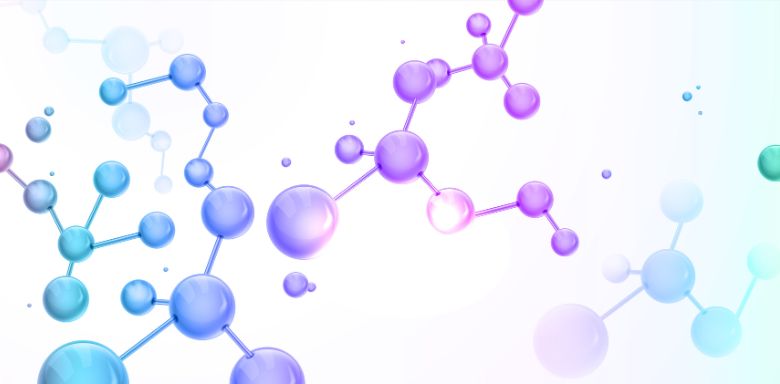From Haegarda to Tracheostomy
Hereditary angioedema (HAE) is a rare but serious condition where swelling can occur in the skin, the airway, the stomach or the intestines. The swelling happens due to a breakdown in proteins that help control pain and inflammation. It is important to know about the treatment options for HAE so that people can manage symptoms and avoid complications. Below, we explore common strategies for managing HAE.
1. Haegarda
Haegarda is a medicine that is used to help prevent HAE attacks. It works by giving the body more of a protein that is often missing or not working well in people with HAE. Haegarda is given as an injection under the skin. By taking Haegarda on a regular schedule, people with HAE may experience fewer attacks and the attacks may be less severe if they do occur.
2. C1 Esterase Inhibitor (C1-INH)
C1 Esterase Inhibitor is a protein that helps keep certain chemicals in the body in balance. In HAE, the levels or function of this protein are low. Supplementing with C1-INH can help replace the missing protein. This treatment can be used in two ways. Some people use it on a regular basis to prevent attacks (prophylaxis). Others use it during an attack to reduce symptoms (acute treatment). It is usually given by injection into a vein or under the skin.
3. Plasma Kallikrein Inhibitors
Plasma kallikrein is an enzyme that can cause swelling when it goes unchecked. Inhibitor options like Lanadelumab (Takhzyro) work by blocking this enzyme so that the chain reaction that leads to swelling stops. Like other treatments, these medicines can be used to help prevent HAE attacks or to reduce the severity of an attack once it begins.
4. Bradykinin B2 Receptor Antagonists
Bradykinin is a chemical in the body that can cause blood vessels to leak fluid into nearby tissue. This leak causes swelling. Bradykinin B2 receptor antagonists like Icatibant (Firazyr) block the bradykinin receptor. That means bradykinin cannot attach to the receptor and its effects are reduced. This treatment is usually only used during an HAE attack. It helps shrink the swelling and makes symptoms less severe.
5. Anabolic Steroids
Anabolic steroids can help some patients with HAE. They work by increasing the production of the missing proteins and improving the balance in the body. However, anabolic steroids can have side effects. They may cause changes in mood, weight gain or problems with the liver. They may be used when other treatments are not working well.
6. Epinephrine
Epinephrine, also known as adrenaline, is a medicine that is used in many emergency settings. In HAE, epinephrine is not often the first treatment choice because it does not always address the root cause of the swelling. However, if a patient experiences severe symptoms like trouble breathing or sudden, life-threatening swelling, epinephrine may be used as a quick response. It works by relaxing the muscles around the airways and helping the heart pump more efficiently.
7. Intravenous Fluids
In some HAE attacks, especially if a person is feeling very weak or dehydrated because of severe symptoms, intravenous fluids may be given. IV fluids help keep the body well hydrated and help support vital organs during an attack. Doctors use IV fluids as a supportive treatment, not as the main treatment for swelling.
8. Tracheostomy
A tracheostomy is a surgical procedure that creates an opening in the neck to the windpipe. This is a serious intervention that is used only in extreme cases. In HAE, if the swelling blocks the airway and makes it very hard to breathe, a tracheostomy might be needed to let air enter the lungs. This treatment is considered only when other emergency treatments, such as drugs and other supportive care, have not worked quickly enough.
Symptoms of HAE and When to See a Doctor
It is important to know the symptoms of HAE so that you can act quickly if you think you or someone else is having an attack. Here are some common signs.
- Swelling in the face, especially around the eyes and lips.
- Swelling in the throat or tongue, which can cause difficulty breathing, speaking or swallowing.
- Abdominal pain, which may be very painful and can come with nausea or vomiting.
- Swelling in other parts of the body, such as the arms or legs.
You should see a doctor immediately if you experience any of these symptoms, especially if the swelling is rapid or severe. If breathing becomes difficult or if the throat starts to swell, these are signs of a medical emergency. Early treatment can prevent complications and keep problems from becoming worse.
By understanding these treatments and strategies for managing HAE, patients and caregivers can work together with doctors to manage the condition effectively. Always remember to seek help from a healthcare professional if you notice any signs of HAE or if you are unsure about your treatment options.
Keep reading to learn how to get tested for food allergies.
